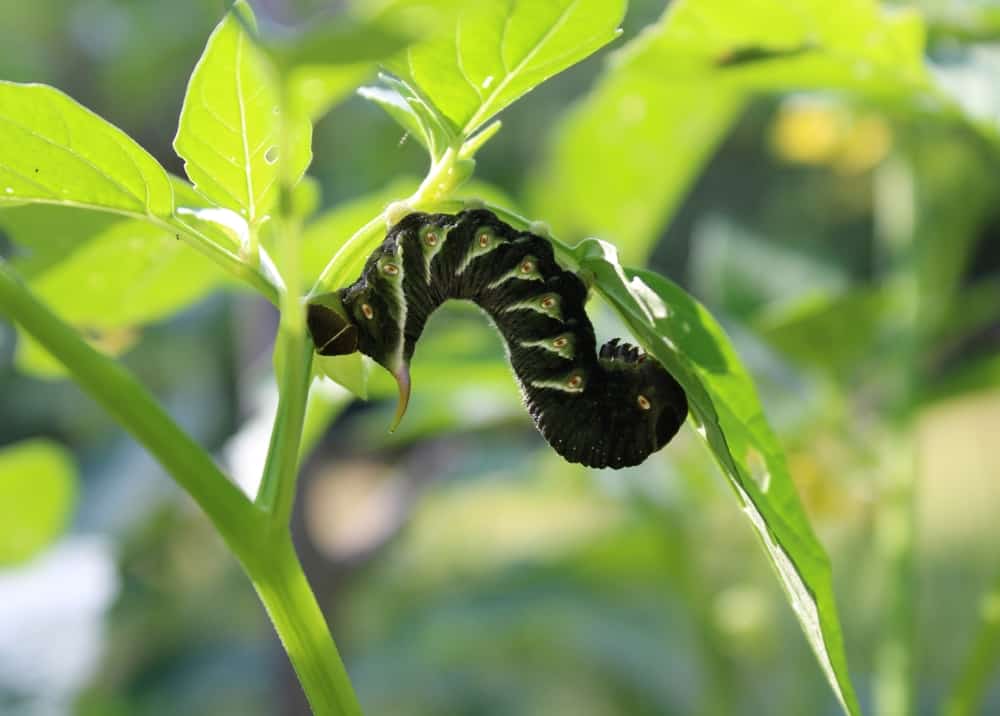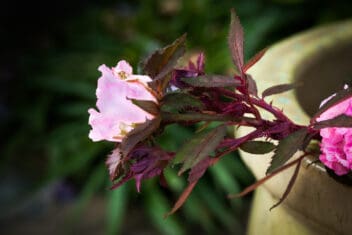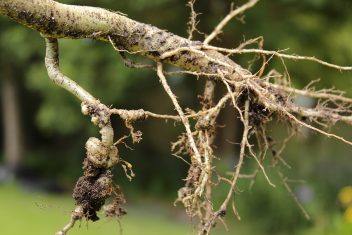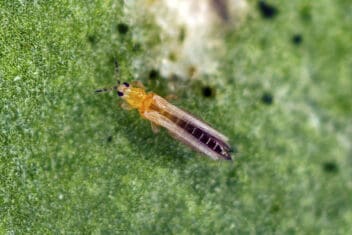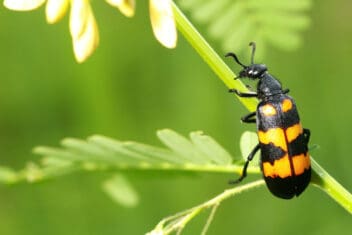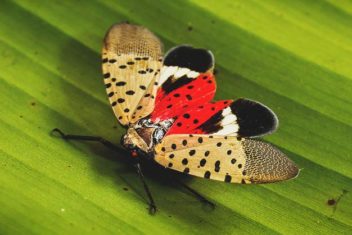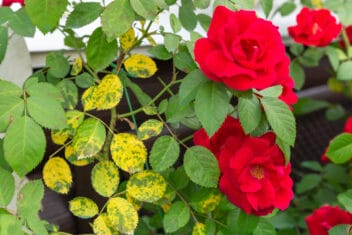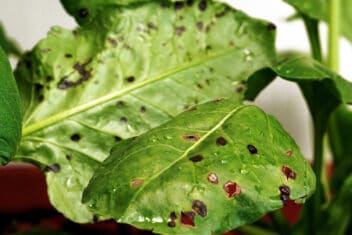You’ll often find them in Mexican and Central/South American cuisine, where they’re transformed into salsa verde and added to soups, stews, and various fillings.
Have you been having issues growing tomatillos? Or you’re planning to grow them this year and want to familiarize yourself with potential problems ahead of time? Either way, we’re about to dive into the 14 most common issues you may come across, and how to sort them out.
What are Tomatillos?
These gloriously delicious fruits are members of the nightshade family. They’re close cousins to tomatoes and ground cherries (Physalis spp.) and come in shades of green, yellow, orange, and even purple.
Like ground cherries, they have papery husks that must be removed before cooking. You can eat them raw, though they’re more tart and astringent than tomatoes. The best way to enjoy them is to cook them to bring out their sweetness, and compliment their flavors with your favorite spices.
If you enjoy growing tomatoes and peppers, then you’ll have fun growing these beauties as well!
Potential Problems Growing Tomatillos
Tomatillos are slightly more difficult to grow than tomatoes and peppers. Let’s take a look at some of the most common issues you may come across when cultivating them.
1. Lack of Fruiting
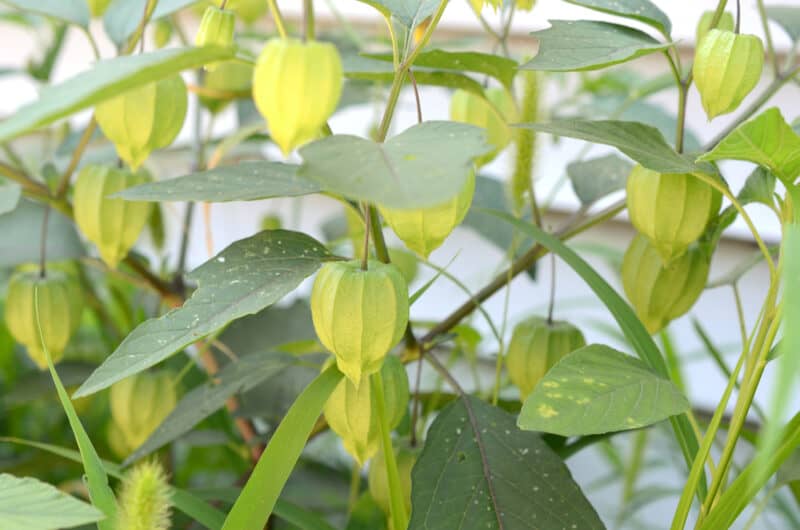
A friend tried to grow tomatillos and was devastated to only get husks without any fruits inside. It turned out that she had only grown one plant, assuming that it would develop the same way as a tomato would.
Incorrect! Tomatillos aren’t self-fertile and need at least a couple of other plants nearby to cross-pollinate. Aim for at least three or four different plants within a ten-foot radius. That said, you’ll likely love these fruits so much, it’s better to plant a dozen or so instead. The more, the merrier!
2. Black, Rotten Bottoms

Blossom end rot is one of the most common problems you’ll encounter when growing tomatillos, and it also affects many other fruiting plants. Basically, when the blossom drops off the bottom of the fruit, it leaves a wound that quickly gets infected and rots. The fruit thus becomes inedible, and unviable for seed saving.
Blossom end rot happens when the plant gets insufficient calcium during its flowering stage. We have a guide that can walk you through preventing and dealing with this common problem.
3. Yellowing Leaves
There are two primary causes for yellowing leaves: nitrogen deficiency and overwatering. Overwatering can cause nitrogen deficiency by leaching vitamins and minerals from the surrounding soil.
Poke a finger into the soil up to the second knuckle. If it comes out slathered in wet mud, you’re watering too often. Let the soil dry out a bit between waterings. It should feel similar to a well-wrung-out sponge.
In contrast, if the soil feels just right as far as moisture goes, then add some nitrogen-rich fertilizer to the soil. You can do this with compost tea, or a commercial fertilizer with a higher N ratio.
Or, use a little balanced fertilizer and toss on some blood meal.
4. General Failure to Thrive
Tomatillos need rich, well-drained, acidic to neutral soil, and full sun. If they don’t get all these factors, they’ll likely keel over and die. Should you find that your tomatillos just aren’t growing well, check the soil.
If there’s too much clay in it, or it’s too alkaline, you’ll need to amend it before planting again. Or create a raised bed for your plants instead. Sometimes if you have bad soil, raised beds are your best option.
5. Fusarium Wilt

Are your seedling falling over and dying when they’re just an inch or two tall? Check their roots. If they’re thin or brown, and too spindly and thread-like to support the plant, then you’re likely dealing with fusarium wilt, which is also known as “damping-off disease.”
This is caused by a fungal pathogen called Fusarium oxysporium sp. lycopersici , which thrives in cool, damp soil. It causes root tissues to disintegrate so they can’t draw moisture or nutrients into the plant, so they die before they have a chance to live.
Sometimes, there’s nothing you can do to save your plants. But there are things you can do to prevent fusarium in the first place. Visit our guide to learn more.
6. Early Blight
If your tomatillos are afflicted with Alternaria solani fungi, then their leaves will be covered in tiny yellow spots. These will spread and turn brown, causing the leaves to wilt and die.
If you see this happening on just a few leaves, pinch them off immediately and burn them. Otherwise, you’ll have to pull up and burn the entire plant.
While tomatillos don’t respond well to most fungicides, you can prevent early blight by not watering from above. Instead, water your plants at soil level.
Furthermore, water in the morning so any excess moisture can evaporate during the day. This will help to prevent fungal spores from developing and spreading.
7. Physalis Mosaic Virus
This is similar to Cucurbit mosaic virus, only it’s prevalent on tomatillos and ground cherries rather than cukes, zukes, and pumpkins.
Leaves will develop a mottled, mosaic-like pattern (hence the name), usually in yellow or yellow-white against the green. This may spread to the fruits if they’ve already developed as well.
There’s no treatment for mosaic virus, so your only option is to pull up and burn affected plants. You won’t be able to grow any fruiting plants in that area for several years, so let that area go fallow as you turn over and treat the soil. To avoid mosaic viruses, practice regular crop rotation, and avoid pests like thrips, which spread the virus.
8. Septoria Leaf Spot
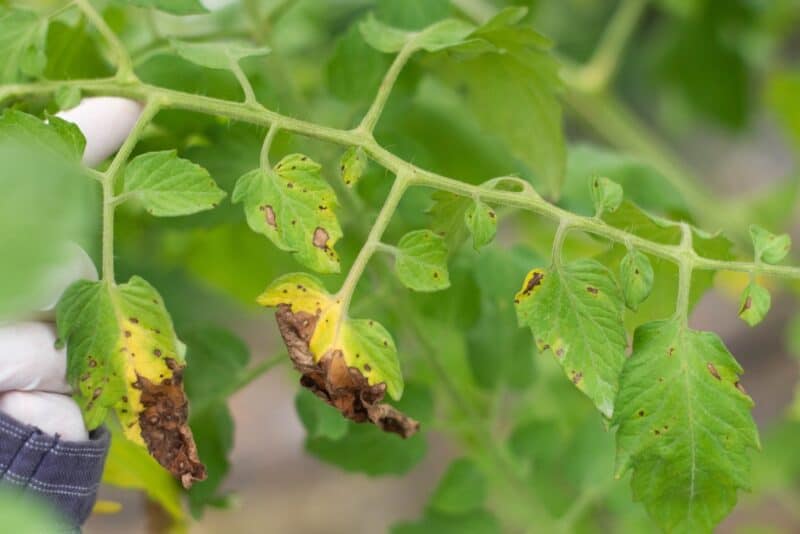
If you get regular periods of wet, warm, cloudy weather, keep your eyes open for rusty brown spots on your tomatillo leaves. Septoria lycopersici is a fungal pathogen that wreaks absolute havoc on plants, and can appear at any time.
Since it thrives on the soil’s surface, it appears on the plants’ lowest leaves first. A good way to avoid it is to keep the soil free from debris and not overwater your plants.
Once it shows up, you can treat it with a fungicide such as copper or a product that contains Bacillus subtilis, such as Cease, which is available at Amazon. If the plants are too far gone, tear them up and burn them.
9. Anthracnose
This sounds like a good name for a movie villain, doesn’t it? Anthracnose is yet another fungal infection, only this one causes fuzzy black spots to appear on your tomatillos’ fruits.
There’s no cure, so you’ll need to burn any affected plants. Never throw them in the compost, as the infection will spread and go airborne as it matures. Avoid this fungal issue by never watering your plants from above. Always water at the soil level.
10. Slugs and Snails
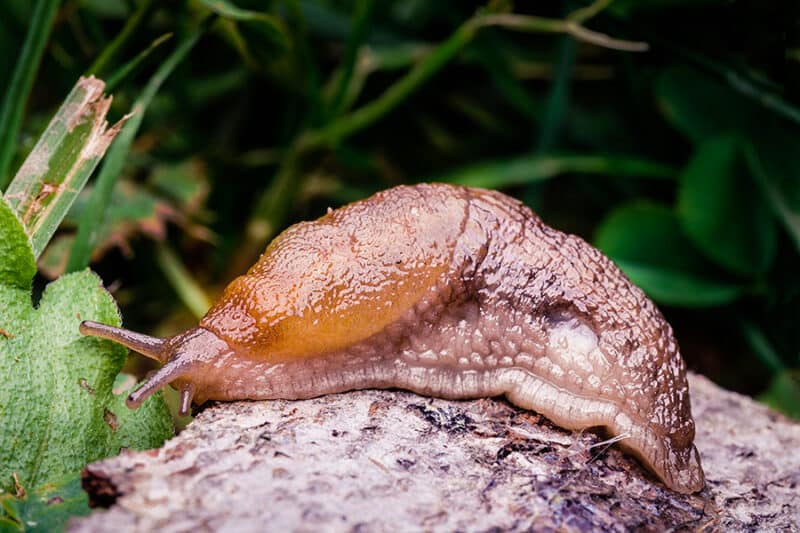
These slimy sneaks come out at night and munch on some of our favorite, tastiest plants. You’ll know you’re dealing with these guys if there are spidery, glistening slime trails left on the leaves, surrounded by big bites. Copper strips can stop them from climbing your plants, and you can also set up beer traps nearby.
Alternatively, go out early in the morning or late at night with a flashlight and pick them off by hand. Then drown them in water, or feed them to your chickens, ducks, or guinea fowl.
11. Worms and Caterpillars
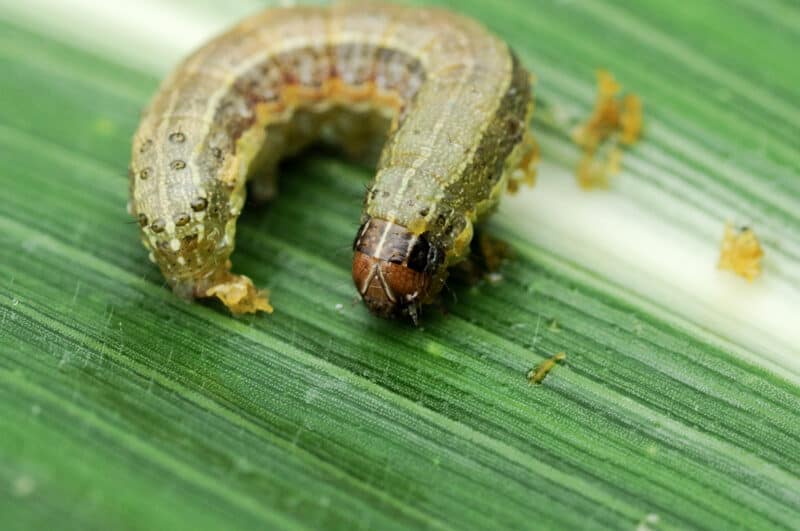
Armyworms, tomato fruitworms (Helicoverpa zea), hornworms (Manduca quinquemaculata), and tent caterpillars (Malacosoma spp.) are some of the most common crawlers that can defoliate your plants and destroy any developing fruits.
Your best bet for avoiding these is to cover your plants with floating row covers. Alternatively, you can wrap their stems in cardboard that’s covered with sticky tape. Crawling insects will get trapped on it, so they can’t make their way up to feast on the leaves and fruits.
12. Sapsucking Pests
Sapsucking pests such as whiteflies, aphids, and thrips can wreak havoc on your tomatillos. Not only can they stunt growth and kill the leaves, but they spread diseases. To combat them, spray your plants with neem oil, and sprinkle diatomaceous earth around.
If your aphid issues are particularly bad, consider introducing some ladybugs, lacewings, or minute pirate bugs. Another option is to cover your plants with fine row covers.
13. Potato Beetles
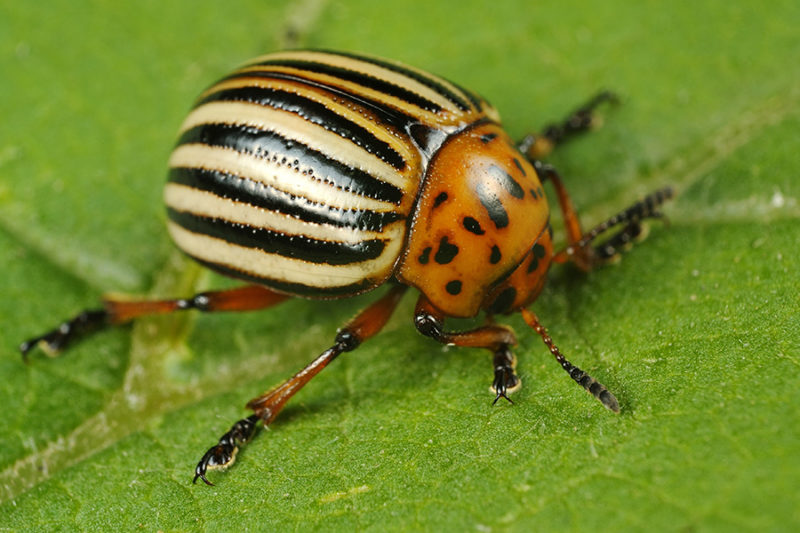
These little stripy jerks like to attack all nightshade plants. Although they’re commonly found on potatoes, they also love tomatoes, tomatillos, and eggplants, too.
You can fend these guys off with neem, but you can also pick them off by hand and destroy their egg clusters, commonly found beneath the leaves. Visit our guide for more tips.
14. Root Knot Nematodes
These tiny little worms use the roots of tomatoes and tomatillos as nurseries for their babies. They lay their eggs inside the roots, which causes the rest of the plant to yellow, wither, and die.
While you can’t control these once they’ve attacked your plants, you can work on controlling them in the future. Dig up and destroy the affected plants, and then dig up and solarize the soil to a depth of two feet.
This involves digging the soil up and spreading it on tarps so the hot summer sun can bake it through. This will kill the nematodes as well as their eggs.
Once you’ve done that, mix it well with aged compost and diatomaceous earth, and replace it. Then avoid cultivating fruiting plants in that bed for at least two years: stick to greens and herbs instead.
Additional Tips
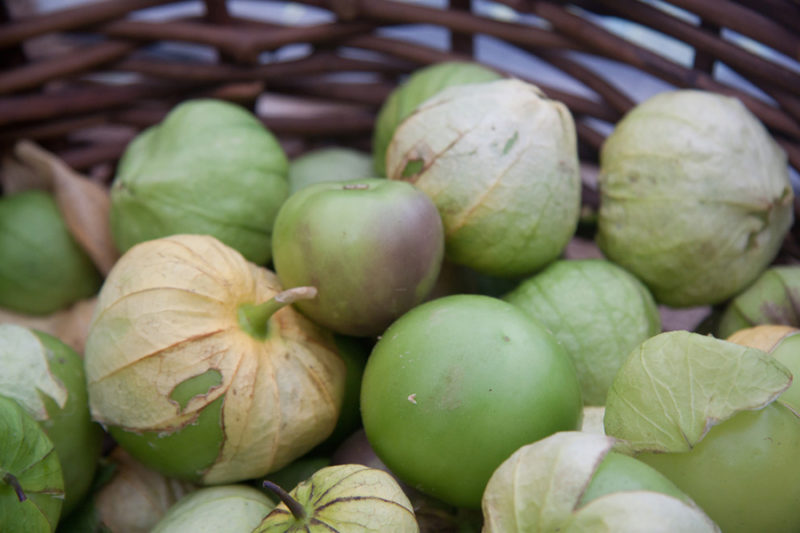
Many of the aforementioned diseases can be avoided if you purchase disease-resistant plants. These have been cultivated from parents that survived the illness and thrived, so they’re better suited to fending off these pathogens.
As mentioned, practice regular crop rotation, and always water your plants at root level. Furthermore, check them daily for any sign of infection. If you can nip an infestation or fungal issue before it spreads, you won’t lose your entire crop.
Finally, remember to never bury or compost affected plants: burn them instead so you kill off the illnesses affecting them.
